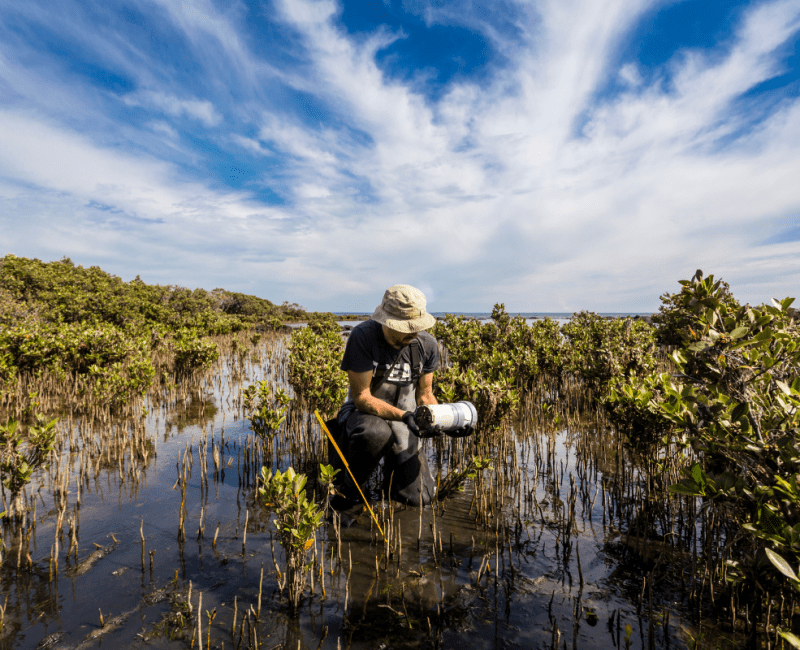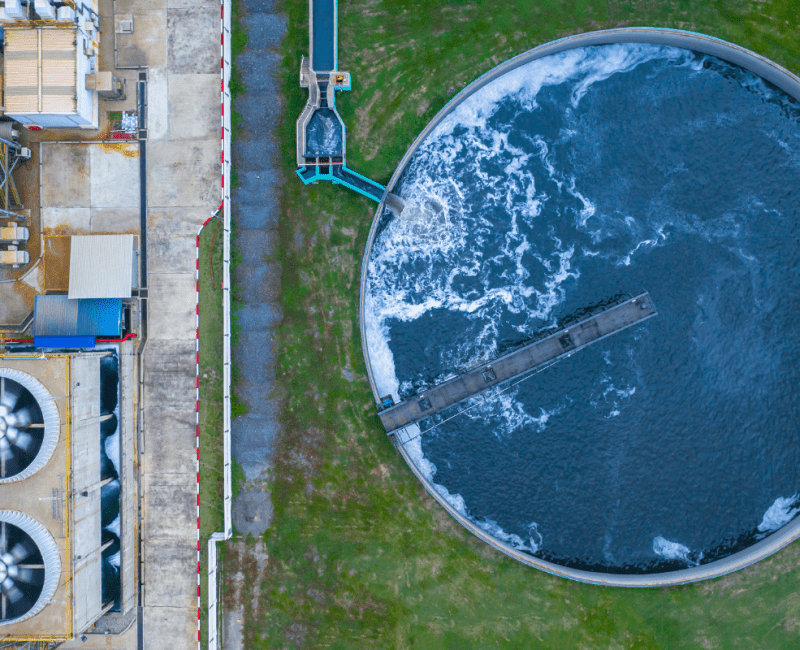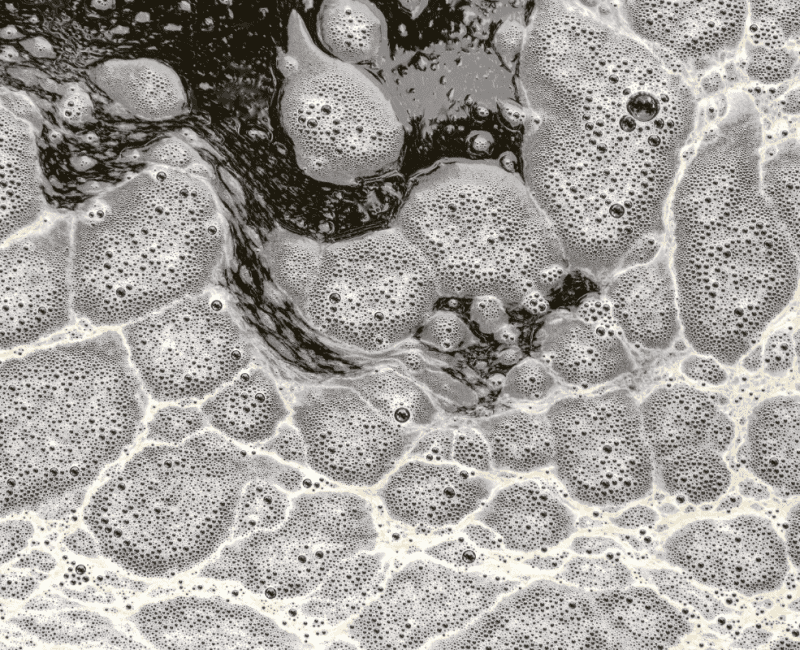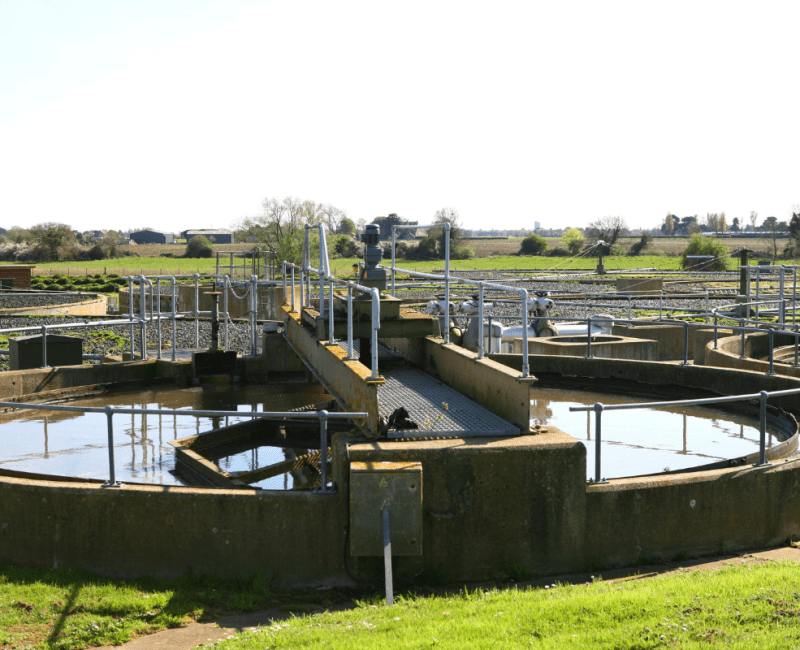
Petroleum hydrocarbon is one of the most common soil contaminants in many countries…

Petroleum hydrocarbon is one of the most common soil contaminants in many countries…

The sustainable application of biosolids to agricultural land is being limited by many contaminants such as microbial pathogens, PFAS, microplastics, and heavy metals…

The aim of this project is to identify environmental and public health risks associated with urban wetland sediment from recreational activities undertaken in or around urban wetlands across Melbourne…

This project will investigate the the fate and the sources of a range of priority emerging contaminants to CECs Australian wastewater treatment plants (WWTPs), that will allow water and environmental authorities better diagnostic tool for proactively managing the release of emerging contaminants into treatment plants…

The occurrence of per- and polyfluoroalkyl substances (PFAs) in various environmental media is of great concern due to their potential adverse effects on living organisms…

This project investigated the presence, removal and fate of illicit drugs and pharmaceuticals in wastewater treatment, using advanced instrumentation…

Sunlight-induced degradation is an important removal mechanism for some contaminants and has been commonly overlooked as a removal mechanism in wastewater systems in the past…

This study examined seedling emergence and early development growth responses of Spinacia oleracea L. (spinach) in per and polyfluoroalkyl substances (PFAS) contaminated soil…

Increasing water demand due to a growing population and improved lifestyles is exerting greater pressure on existing water resources…

This project addressed the removal rate of ammonia by microorganisms and designed a pathogen survey to establish the level of contaminants present within influent water at the Aquifer storage and recovery site at the Aldinga Aquifer…